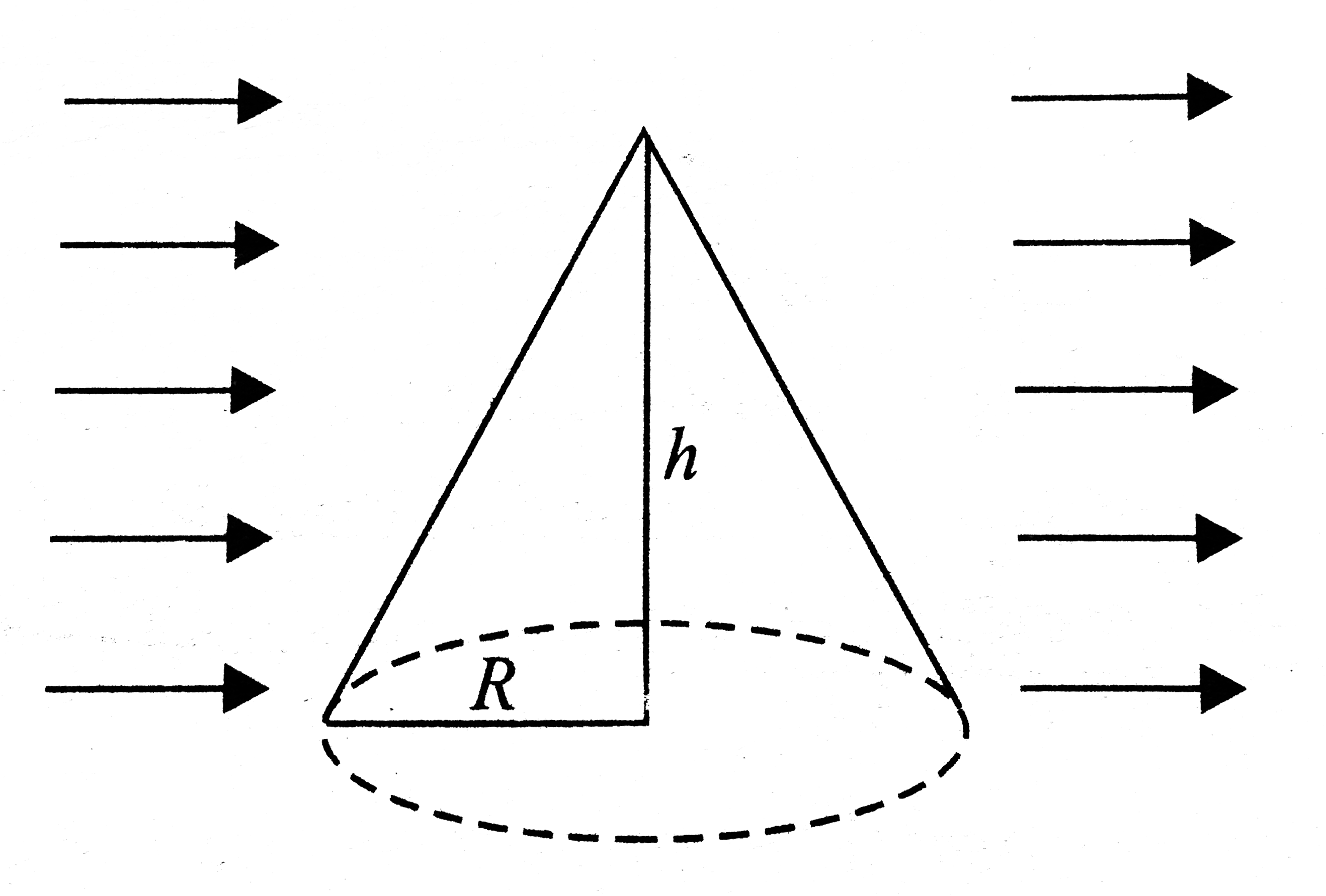Ligule and cone is present in
Funaria
Selaginella
Marchantia
None of these
The correct Answer is:B
To answer the question about where ligule and cone are present, let's analyze the options step by step.
Step 1: Understand the Terms
- Ligule: A ligule is a small, tongue-shaped structure found at the base of the leaf in certain plants. It is typically located on the adaxial (upper) side of the leaf.
- Cone (Strobilus): A cone, also known as a strobilus, is a structure that bears sporophylls (leaf-like structures that produce spores). Cones are commonly found in certain groups of plants, particularly gymnosperms and some pteridophytes.
Step 2: Analyze the Options
- Fionaria: This is not a recognized plant group in standard classifications, so we can rule it out.
- Salignella: This is a genus of plants that is known for having ligules. The ligule in Salignella consists of elongated secretory cells and helps keep the sporangium moist. Additionally, Salignella can also produce cones (strobili) where sporophylls are located.
- Marchantia: This is a genus of liverworts, which do not have ligules or cones. They reproduce via structures called gametangia and do not produce true cones.
- None of these: This option would imply that neither ligules nor cones are present in any of the listed options, which is incorrect since Salignella does have both structures.
Step 3: Conclusion
Based on the analysis, the correct answer is Salignella. It is the only option that possesses both ligules and cones.
Final Answer
Salignella is the correct answer as it contains both ligule and cone structures.
---
- Ligule: A ligule is a small, tongue-shaped structure found at the base of the leaf in certain plants. It is typically located on the adaxial (upper) side of the leaf.
- Cone (Strobilus): A cone, also known as a strobilus, is a structure that bears sporophylls (leaf-like structures that produce spores). Cones are commonly found in certain groups of plants, particularly gymnosperms and some pteridophytes.
- Fionaria: This is not a recognized plant group in standard classifications, so we can rule it out.
- Salignella: This is a genus of plants that is known for having ligules. The ligule in Salignella consists of elongated secretory cells and helps keep the sporangium moist. Additionally, Salignella can also produce cones (strobili) where sporophylls are located.
- Marchantia: This is a genus of liverworts, which do not have ligules or cones. They reproduce via structures called gametangia and do not produce true cones.
- None of these: This option would imply that neither ligules nor cones are present in any of the listed options, which is incorrect since Salignella does have both structures.
Based on the analysis, the correct answer is Salignella. It is the only option that possesses both ligules and cones.
Salignella is the correct answer as it contains both ligule and cone structures.
Topper's Solved these Questions
- PLANT KINGDOM BOOK - VMC MODULES ENGLISHCHAPTER - PLANT KINGDOM EXERCISE - Illustration
30 Videos
- PLANT KINGDOM BOOK - VMC MODULES ENGLISHCHAPTER - PLANT KINGDOM EXERCISE - SOLVED EXAMPLES
15 Videos
- PLANT KINGDOM BOOK - VMC MODULES ENGLISHCHAPTER - PLANT KINGDOM EXERCISE - EFFICIENT
47 Videos
- ORGANISMS & POPULATIONS BOOK - VMC MODULES ENGLISHCHAPTER - ORGANISMS & POPULATIONS EXERCISE - In - Chapter exercise C
10 Videos
- PRINCIPLES OF INHERITANCE AND VARIATIOBOOK - VMC MODULES ENGLISHCHAPTER - PRINCIPLES OF INHERITANCE AND VARIATIOEXERCISE - IMPECCABLE
56 Videos
Similar Questions
Knowledge Check
Assertion:At fovea, the visual acuity is the greatest.
Reason:The fovea is a thick area of the retina where both rods and cones are present.AIf both assertion and reason are true and reason is the correct explanation of assertion.BIf both assertion and reason are true but reason is not the correct explanation of assertion.CIf assertion is true but reason is false.DIf both assertion and reason are false.
in the given figure a cone lies in a uniform electric field E the electric flux entering the cone is

View SolutionIn figure , a cone lies in a uniform electric field E. Determine the electric flux entering the cone.
 .
.
View SolutionGive one difference between the following pairs on the basis of what is given in brackets :
Rods and Cones (Pigment present)
View SolutionA solid right circular cone is cut into two parts at the middle of its height by a plane parallel to its base. The ratio of the volume of the smaller cone to the whole cone is:
View SolutionA hemisphere is inscribed in a cylinder and a cone is inscribed in the hemisphere .The vertex of cone lies on the centre of the upper circular part of the cylinder .Show that , 13×Volume of cylinder =12×Volume of hemishphere= Volume of cone
View SolutionPigments present in cones of retina are connected with
View SolutionName the Photosensitive pigment present in the cone cell of retina.
View Solution
